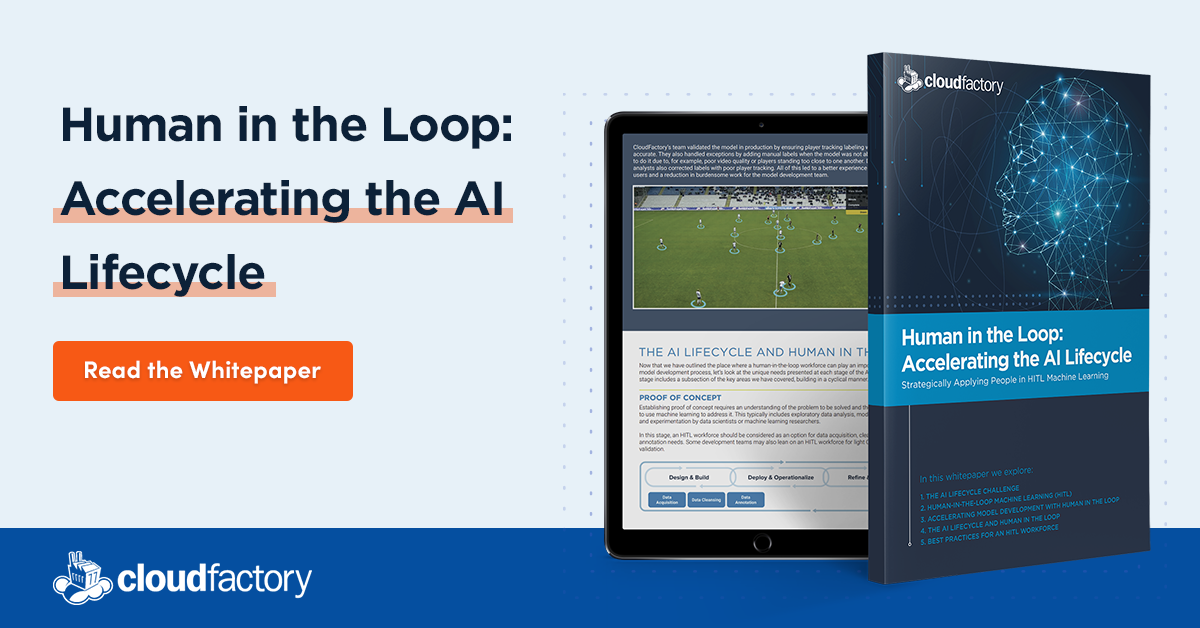
The complexities and nuances of language have long been one of the biggest barriers to developing systems that can interpret written or spoken language. We’ve all experienced the frustrations of speaking to a voice assistant that misdirects our call or trying to get customer support from an unhelpful chatbot.
Natural language processing (NLP) systems are among the most difficult machine learning applications to develop and maintain. After all, language is complex, and it is anything but consistent. Algorithms must be trained to interpret subtleties in language, such as slang words, new words, and sarcasm.
Despite these challenges, machine learning has made enormous strides in recent years, and user adoption of NLP-powered systems is growing. Consumers around the globe interact with NLP every day, and Statista research shows that:
- 42% of internet users conduct voice searches worldwide; and
- 51% of millennials use a voice assistant when shopping (i.e., searching for products or reviews).
Commercially viable NLP solutions are emerging, as we have seen with popular voice-powered assistants, including Apple Siri, Microsoft Cortana, and Amazon Alexa. Natural language processing also is used to automate complex tasks, such as legal contract review and audience engagement tracking.
Why is natural language processing hard?
The most significant obstacles to developing NLP systems relate to preparing data to train, test, and tune machine learning models. Vast amounts of data, typically of varying types (e.g., audio, typed text, handwriting) must be curated and carefully annotated.
For example, if you are designing a chatbot to escalate customer issues quickly, you might focus on identifying action words that indicate emotion (e.g., “angry”, “frustrated”), so you can train the chatbot to direct those inquiries quickly to a person who is trained to work with unhappy customers.
It requires massive amounts of data to train natural language processing systems. And, as with any machine learning application, the more data you have to train the model, the better. And there is a lot of data available: IDC’s Global DataSphere predicts the amount of data generated over the next three years will be more than the data created over the past 30 years. So more information will be available to train NLP algorithms to better understand the natural complexities of human language in a way that was not feasible before.
NLP, Automation, and the Critical Role of Humans in the Loop
Collecting and curating data is easier today than it once was, thanks to more advanced data mining tools and services that can scrape or mine data from social media profiles and other public platforms. There also are a growing number of open source datasets, such as Amazon review data for customer sentiment analysis and the Stanford Question Answering Dataset.
There are emerging toolsets that enable automated labeling of data. However, automated data labeling can only go so far, as there will always be exceptions, especially in the case of NLP, where metaphors, puns, slang, and new word definitions can confuse ML models. If the model is to be useful, people must be involved to monitor and process those exceptions throughout the AI lifecycle.
Keeping humans in the loop (HITL) is also essential as you refresh models for emerging variations in language and meaning in an effort to avoid model drift. Consider, for example, the many words or expressions that started appearing on social media in the wake of the COVID-19 pandemic response: mask shaming, super spreader, zoom bombing, and workcation are just a few of these phrases. An NLP application that hasn’t been trained (or retrained) with 2020 data likely won’t be able to make sense of these words.
NLP Projects Require Iteration and the Right Outsourced Team
Even knowing the enormous amount of data that must be labeled and checked for quality to build and maintain NLP systems, many companies hire employees to do the work in-house, thinking that outsourcing services can’t provide the domain knowledge or quality they need.
Indeed; traditional business process outsourcing (BPO) firms and crowdsourcing options have presented communication and quality challenges for many data labeling projects. However, over the last decade, new workforce options have emerged that are uniquely suited to natural language processing data labeling tasks.
A managed workforce, one that serves as an extension of your own project team, provides the collaboration and communication that is so important for natural language processing projects. As your NLP development team iterates and improves data attributes, business rules, and other critical requirements for your project, a managed team can work with you to make changes in ways that crowdsourced and BPO teams cannot.
CloudFactory: Your Data Labeling Partner for NLP
Creating a natural language processing system that results in a more intelligent interaction between technology and customers is no small feat. It requires thoughtful design, deployment, and monitoring in production. It also requires the right partners to prepare your data for machine learning.
CloudFactory has provided natural language processing services for nearly a decade. We can work with you and our data analysts to understand your business rules to accurately parse and tag text according to your specifications. We can extract meaning from raw audio and text data to advance your NLP project.
We can help you scale text and audio annotation with a managed workforce that has the ability to understand and interpret complex and nuanced language – to provide the most value in language cognition, data quality, and scalability in NLP development. To speak to one of our workforce experts, contact us today.
Outsourcing Data Labeling NLP AI & Machine Learning Data Entry



